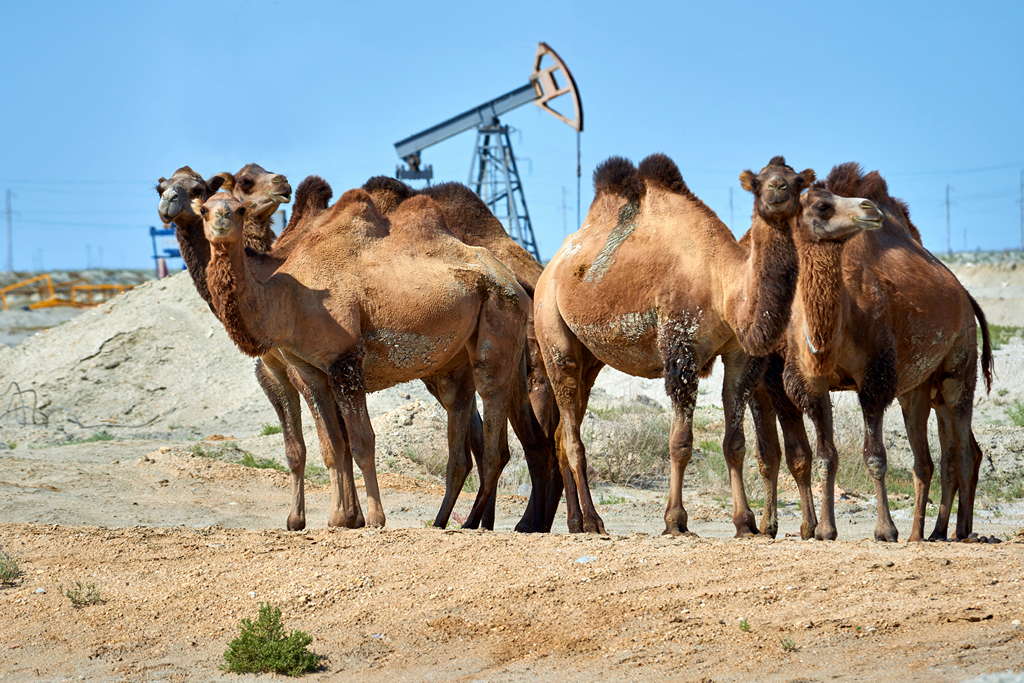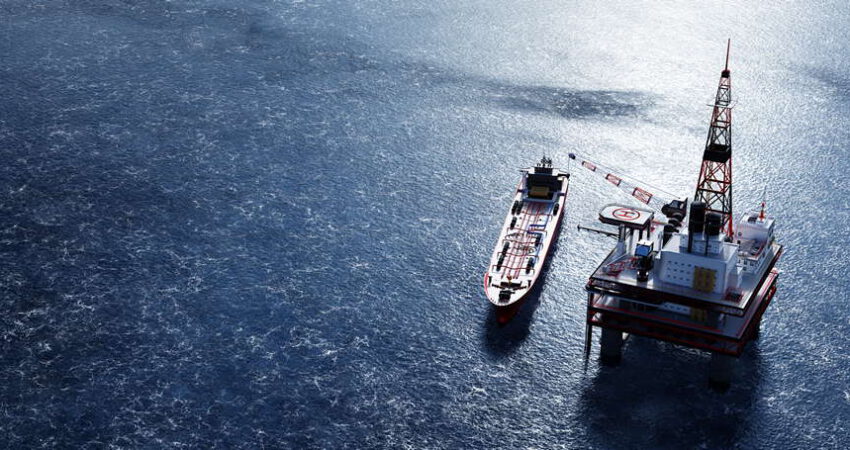Adobe Stock: 358298675
Developments in the European economy and the prospect a “long war” in western Eurasia is putting the issue of medium-term instruments to ensure European energy security on the agenda. The main elements, based on opportunities to build the European energy mix without Russian pipeline gas, have partly worked, ensuring that EU countries got through the 2023-2023 winter period with relatively low social and economic costs. However, this strategy cannot be seen as a basis for long-term development, particularly given possible instability in LNG supplies from the Middle East and the United States and a tightening by the United States of its secondary sanctions policy, reducing opportunities to buy “back door” Russian LNG. Dependence on a Turkish hub that is being formed also brings a whole range of uncontrollable political risks, which the European countries would like to mitigate.
Amid renewed price instability, this has led to the EU resuming its search for alternative supply routes for pipeline gas.
One of the key projects in this area has been a long-discussed gas pipeline from Turkmenistan under the Caspian Sea. This project has been talked about since the mid-1990s and has always been seen as part of the EU’s policy for reducing dependence on Russia for energy. It was planned that the pipeline would link the city of Turkmenbashi in Turkmenistan with Baku, possibly also connecting a gas pipeline from Kazakhstan to it. When it was designed at the end of the 1990s, the capacity of the pipeline was stated as 30 billion cubic metres (bcm) of natural gas per year, at a cost of $5 billion – this is now infinitely more. In Azerbaijan the pipeline will join the South Caucasus Pipeline, also known as the Baku–Tbilisi–Erzurum Pipeline; the expected length of the pipeline through the Caspian is 300 km.

Adobe Stock: 334513348
This project originally had three problems. The first was the relatively long distance it extended along the bed of the Caspian Sea at 300 km, which made it vital to coordinate the project with the other countries of the “Caspian Five” and first and foremost with Russia and Iran, if nothing else because of the environmental risks attached. The second was the pipeline’s ending point at Erzurum in Turkey, which actually makes it only partially an “alternative” route, simply adding to existing routes that bypass Russia. The main difference now though is that it supplements the already powerful Turkish gas hub. The option of transporting Turkmen gas through the TANAP and TAP pipelines to Italy looks promising, but this also presupposes Turkey as a hub. Thirdly, it is impossible within the project to be limited simply to constructing the pipeline under the bed of the Caspian Sea. It will be necessary additionally to invest significant resources in additional infrastructure for the entire so-called Southern Transport Corridor, whose infrastructure is currently only capable of realizing the transit of Azerbaijani gas.
But the project’s main problem lies in the fact that it can only be realized if the international situation develops relatively stably, and there is an absence of elements of power geo-economics in the energy market and the gas market in particular – like those seen when sabotage in the Nord Stream pipelines made them completely inoperable. Not the least important condition has also been a neutral attitude to the project by the most important geopolitical players in the region, who were in effect guaranteeing the ability of Turkmenistan to be neutral.
The situation has now significantly changed, and not just from the point of view of a deterioration in the international situation, but also in terms of an incipient geoeconomic game in the Central Asian region. Moscow, Beijing and Tehran, who are in effect the guarantors not only of Turkmenistan’s neutral status but also of its ability to fulfil its role as an important supplier of gas to the global market, are not likely to take uncoordinated decisions regarding a relatively major gas infrastructure project.
Finally, there are serious doubts about Ashgabat’s ability to supply 30 bcm of gas per year. However, this is critical for an investment project at whose foundation is a return on investment funds through profits from the volumes of gas pumped through it. For the Trans-Caspian Gas Pipeline project to be fully realized, Ashgabat must significantly increase output, which cannot be done without large-scale investment – and Turkmenistan is unlikely to invest its own funds.
In turn, foreign investors will not put money into the country due to lack of support from their governments, which will in all likelihood link agreement not only with green energy and the sustainable development agenda but also with political factors such as human rights issues and relations with Iran and Russia. Getting guarantees from foreign players including Russia is extremely important for the stable implementation of the project, but at the moment this looks doubtful.
It seems generally that at the previous stage, in the second half of the 2010s, the Turkmen side used the theme of increasing the number of export corridors in a serious diplomatic and economic game aimed at reducing dependence, including credit dependence, on China. In the current situation this game is barely relevant or capable of being continued without significant political risks. Is not possible to roll out an arm’s length policy straight away however, and so we are seeing its rudiments.

Adobe Stock: 249680825
But there is one other factor that is underestimated when the situation around the TGP is analysed. American hydrocarbon companies have aimed to develop a situation that would be close to a monopoly in the European market. With political and military relations with China worsening, these considerations are becoming key for them. The White House is unlikely to be interested in actions aimed at increasing freedom of manoeuvre for European consumers – including on price – particularly given the questionable nature of the project from both an environmental and an investment point of view.
One must also not completely ignore the fact that the economic situation will force Europe to move from a political and public relations green agenda to implementing real measures on reducing consumption of hydrocarbon energy sources. This process is undoubtedly extremely long and difficult, but as it is implemented Turkmen gas, which is relatively expensive due to its long and complex transport routes, will become increasingly unprofitable, still further reducing the investment attractiveness of the TGP. This in its turn will also stop European investors, who do not currently have the capacity for investment over a very long period.
One therefore has to acknowledge that right now, the TGP project does not look attractive in an investment sense. It is being used by Ashgabat with the aim of politically balancing various market players, and not with a focus on potential European investors but rather on partners from China or even Russia and to a lesser extent Iran. The aim, which is entirely obvious, is to obtain better conditions on cooperation from partners. But from this point of view, the arm’s length strategy that Ashgabat is elegantly deploying in relation to European countries must be acknowledged a success.

